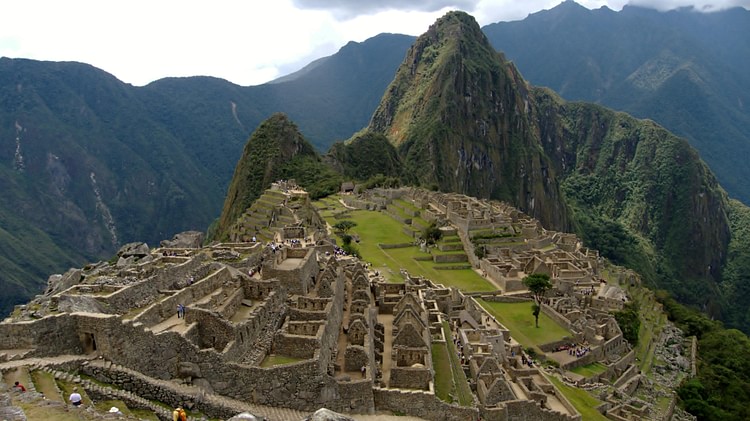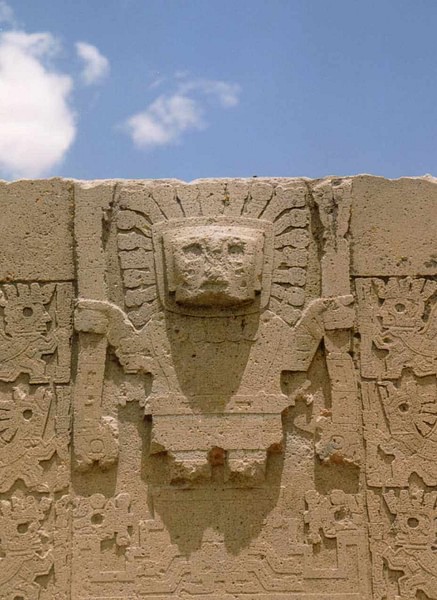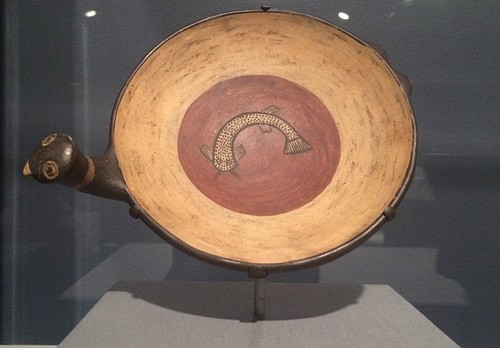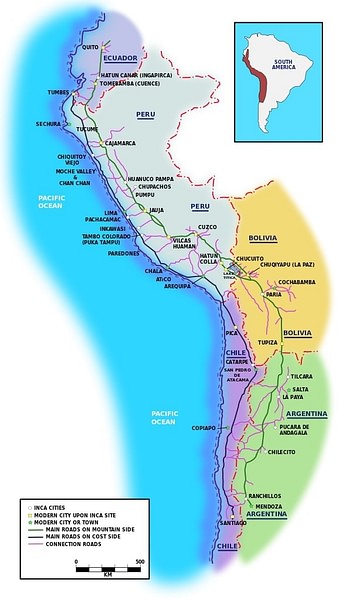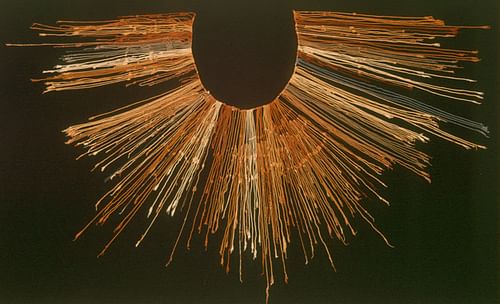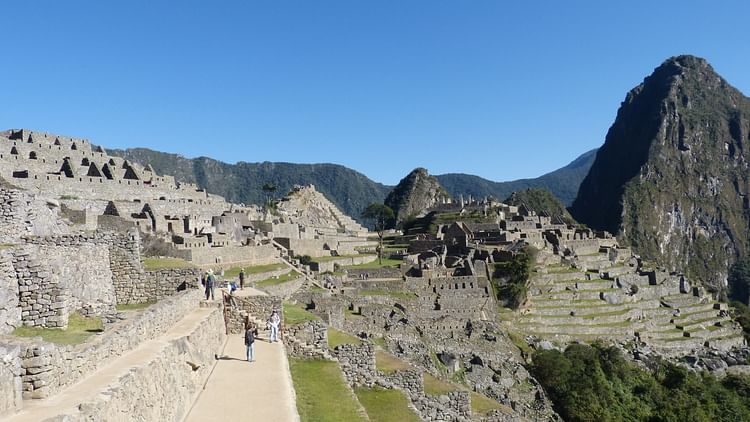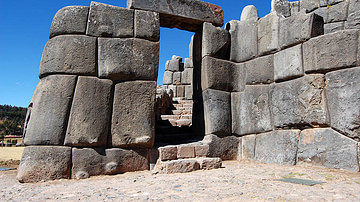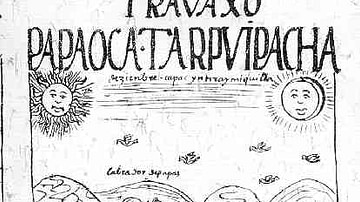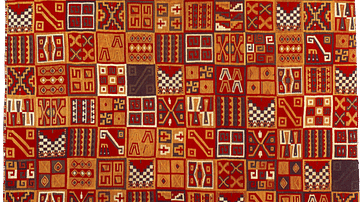The Inca civilization (c. 1400-1533 CE) is among the most vital of South America in terms of its cultural influence and legacy. The Inca began as a small tribe who steadily grew in power to conquer other peoples all down the coast from Columbia to Argentina. They are remembered for their contributions to religion, architecture, and their famous network of roads through the region. Here are ten facts about the Inca you need to know.
1. Why Are the Inca Important to History?
The Incas are important in the same way any ancient empire/civilization is important: because the past informs the present and, so, the future. Knowing how people in the past lived can help those in the present live better, make better choices. In the case of the Inca, their empire stretched down the coast of South America from modern-day Columbia through Ecuador, Peru, and Argentina and they influenced the lives of the people both within that empire and outside of it. It was the largest pre-Columbian empire in the Americas, stretching 770,000 square miles, with a population estimated at between 6-14 million people.
The Inca Empire was already crumbling due to internal rebellions and disease (brought by European explorers) when it fell to the Spanish under Francisco Pizarro (c. 1471-1541 CE) in the 16th century CE, but their influence continues to be felt. The Inca concept of the family unit, for example – one that includes aunts, uncles, cousins, distant cousins as tightly knit as the nuclear family – is still the model in the region today as is the concept that the entire community is one's family and people should treat their neighbors as they would blood relatives.
Inca religion influenced others in the region as well so that, even in the modern day, Christian sites are located according to Inca concepts of “sacred places” like hills, mountain tops, near water – places which once corresponded to Inca deities. The Inca “Golden Rule” of “Do Not Steal, Do Not Lie, Do Not be Lazy” is also still observed in the region. Very little is new about the human condition. We have always been what we are now. This is why it is important to know who we have been.
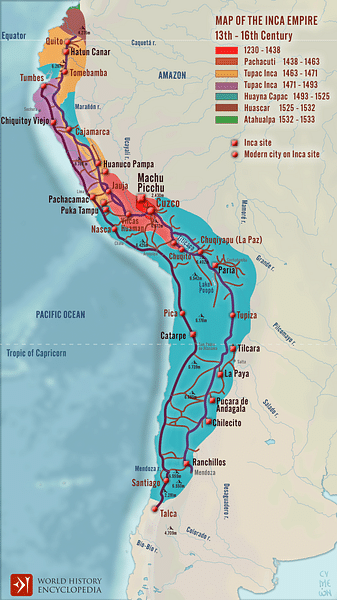
2. What Was Inca Religion & How Did It Influence People's Daily Lives?
The religion of the Inca was polytheistic; the gods were thought to control the natural world and significantly influence the lives of people. The best example of this is the god Pachacamac, a creator-deity who made humans, vegetation, and oversaw agriculture and good harvests. When Pachacamac was pleased, all went well; when he was angry, he could cause earthquakes. So with Pachacamac – like any of the other gods – it was in people's best interest to keep him happy through offerings and sacrifices which included human sacrifice (men, women, and children). The gods of the Inca were considered as real to them as any god of any modern-day religion is to believers. Temples and other buildings were raised in their honor and the famous Inca road system, which connected communities closely, was probably encouraged by religious belief in that if a sign were given by a god in one location, news of it would need to reach someone – a shaman – who could interpret it.
Inca religion encouraged the belief in three realms:
- Hanan Pacha – the Upper World (also known as Land of the Sun), home to the sun god Inti and the moon goddess Quilla (also known as Mama Quilla), his sister.
- Kay Pacha – the Middle World, home to humans, animals, vegetation.
- Uku Pacha – the Underworld, overseen by Supay, the god of death.
The Inca had a concept of 'heaven' and 'hell' before Christianity was introduced into the region. The central rule of Inca religion (corresponding to the Golden Rule or Ten Commandments) was Ama sua, Ama lulla, Ama chella (Do not steal, Do not Lie, Do not be Lazy). If one lived by this rule then, when one died, one went to the Land of the Sun where it was always warm and pleasant and the gods were close. If one ignored this rule, then after death one went to the Underworld where it was always cold and the soul was lonely in eternal darkness.
Besides these two afterlife destinations, one could also come back and have another shot at getting life right. These were most likely the souls of people who were not especially good or especially bad – so most people. The Inca also practiced mummification and the placement of grave goods with the deceased. The mummified dead placed in their graves sitting upright, unlike other cultures where they were prone; the reason for this is unclear as the Inca had no written language.
3. What Was Daily Life Like in the Inca Empire?
Society was based on the family unit and their surrounding community (known as the ayllu) and supported by agriculture. Each ayllu was responsible for a certain area of land which they would farm, and every ayllu was overseen by a group of nobles known as kurakas. Inca government went from this lowest level up a hierarchy of groups of ten, each one overseeing the one below, to the king at the top. Males were favored, but women were well respected and could serve as priestesses and in government positions.
Children followed whatever their parents' position/role/job was, and most women were expected to follow their mothers in getting married, having children, and caring for the home even though some were also – or exclusively – priestesses or brewers of beer or other occupations. When women married, they became part of their husband's family and worked that family's land.
Women prepared the meals, and the Inca are thought to be the first in the region to have cultivated the potato. The evening meal, when the family – and wider community – would gather was the most important daily ritual at which the gods would be thanked and people would socialize. Recreational activities included sports, singing, storytelling, and races. Daily life was basically centered around work all day, relaxation in the evening, and religious ceremonies and festivals.
4. Was Food Important to the Inca?
Food was important to the Inca because it was a gift from the gods but also pretty much the focus of their lives. They worked every day to bring food from the earth. They were largely vegetarian – meat was reserved for religious festivals/ceremonies – and each community needed enough food to feed itself and trade with others. They cultivated grains, vegetables, and fruits and are best-known for quinoa, the use of maize, chili peppers, and manioc. There was no central market one could go to – everyone grew their own food and traded food for other commodities such as blankets or baskets – so food was, in a sense, their currency.
5. How Did the Inca Maintain Their Empire?
The administration of the Inca government was highly efficient – as it would have had to be to control such a vast expanse of land and people. The king made the laws – which were inspired by/directed by the gods – and these were passed down to the ten nobles just below him in the hierarchy who then passed them down to the next ten and so on down to the lowest level of society through the network of roads. Order could therefore be maintained quite easily because any rebellion or invasion or natural disaster could be met quickly since the roads served well as a communication network. Laws, which were decreed at the capital of Cuzco, were sent quickly throughout the empire via the road system, and the hierarchy of rule – from local to national – made sure these laws were obeyed.
6. What Was the Inca Road Network?
The Inca Empire was connected by its vast road system (running 25,000 miles), which made communication between even far away points possible within days. Messengers lived in pairs – and their whole responsibility was to be ready to receive a message and run to deliver it – so one of them would sleep while the other remained ready to do the job. With the road system and messenger service, the king could send out an order to mobilize an army for defense and the men of the various communities would respond in a timely fashion. There were stations, inns, and storage depots along this roadway to supply troops, give travelers a rest, and maintain those who worked for the messenger services.
7. Did the Inca Have a Writing System?
The Inca had no writing system. They had a system of record-keeping known as quipu which used knotted strings to signify a certain amount of information. Exactly what that information was, and what the quipu meant to the people, is unknown.
8. What Is the Most Important Inca Site?
The most famous Inca site is Machu Picchu located in the Andes Mountain range above the Urubamba Valley. It was founded by the 9th king, Pachacuti Inca Yupanqui (r. 1438-1471 CE) c. 1450 CE and was considered a sacred site. Some modern-day scholars claim the site was already extant prior to the rise of the Inca Empire and was simply repurposed although it is unclear exactly what the purpose of the site was. The name means “old hill,” and the site is thought to have originally been part of Pachacuti Inca Yupanqui's large estate. It is possible the site was always intended as a place of worship or, perhaps, was a fortress installation. The complex was supplied with fresh water by stone channels which were fed by natural springs. The site was abandoned after the fall of the Inca Empire and was later rediscovered by the explorer Hiram Bingham in 1911 CE. Today it is a UNESCO World Heritage Site and was voted one of the New Seven Wonders of the World.
9. What Was the Inca Military Like & How Did It Work?
The structure of the Inca military was based on the decimal system. A squad of ten men were commanded by an officer known as a chunka kamayuq; a troop of 100 men were commanded by a pachaka kuraka; a corp of 1,000 men were under the command of a waranqa kuraka; an army of 10,000 were led by the hunu kuraka. The entire force was officially under the leadership and authority of the king.
The troops were comprised of Inca and non-Inca (people conquered by the Inca and conscripted into military service when needed). Men, aged 25-55, were called to service when needed by messengers sent along the road network and were obligated to respond. They could bring their wives with them as well as young sons under military age who served as baggage handlers and assistants. Every Inca male was trained in the use of weapons from a young age, and those considered 'pure-blood' Inca could serve in the elite unit of the king's bodyguard.
10. How Did the Inca Empire Fall?
The Inca Empire fell to the Spanish conquistadores under Francisco Pizarro in 1533 CE, but it had been in decline already for some time. The Inca Empire – like the Assyrian Empire of the Near East – had expanded through conquest and the subject peoples were extremely unhappy with the situation. Pizarro was able to exploit this dynamic and turn the subjugated people against the Inca who were seen as oppressors. Rebellions throughout the empire were already ongoing by the time Pizarro arrived in the region and the diseases (especially smallpox) brought by Europeans had already destroyed large swaths of the population (up to 90%). Although Pizarro is routinely credited with the downfall and destruction of the Inca Empire, it would have fallen on its own in time simply because it could no longer maintain the kind of cohesion it had earlier.
